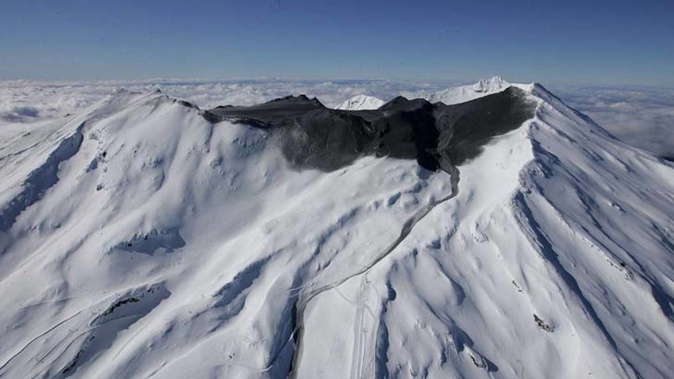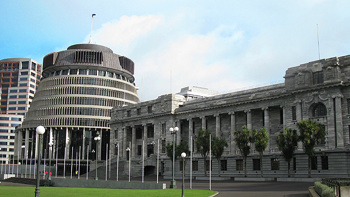
Scientists have discovered several hidden “mini eruptions” at Mt Ruapehu, using a new data-crunching approach that could help keep a closer watch on them.
While its eruptions are typically heralded with plenty of warning signals, the active stratovolcano is also known to launch surprise quick-fire blasts - like one that nearly killed a pair of climbers near the summit in September 2007.
Now, researchers have trawled through data to reveal volcanic “burps” around the lake that went unnoticed around that time.
While tough to observe, these events were important to pick up as they could help scientists tell between benign activity or potentially hazardous eruptions, University of Canterbury geophysicist Dr Alberto Ardid said.
The key to spotting these elusive cues has come with sophisticated new models, which the team used last year to uncover specific seismic signals within Whakaari - pointing to a pressure-building blockage - in the days leading up to its tragic eruption in December 2019.
In a new study, published in scientific journal JGR Solid Earth, the team drew on a similar methodology to reveal several instances of hydrothermal fluid being rapidly released at Ruapehu.
Two of those unfolded with the 2007 event, while another occurred with a minor eruption the year before.
Yet another flare-up in July 2009 was found to have pumped a large volume of fluids into the lake, but it nonetheless proved a fraction of the size of 2007′s eruption.
“While this 2009 fluid release event is too small to be classified as an eruption, it provides us with valuable information about the volcano’s behaviour,” he said.
“We now have a clearer picture of the processes happening beneath the surface - especially when it comes to the sealing, pressurisation and release of fluids.”
“While this method may not serve as a forecasting tool due to its reliance on post-eruptive data, it advances our understanding of the pre-eruptive dynamics of volcanoes.”
Ardid and colleagues were now hunting for common precursors amid data from 24 volcanoes around the world, with the ultimate hope of creating a global eruption forecasting model.
Experts at GNS Science have been following the work with interest.
“These latest findings are one of many contributions universities have made to volcano monitoring and the Volcano Monitoring Group at GNS Science will include them in their evaluation of what happens beneath Mt Ruapehu,” GNS volcanologist Dr Yannik Behr said.
/cloudfront-ap-southeast-2.images.arcpublishing.com/nzme/K64TOZQXDSURK5IOG66RVU53WQ.jpg)
The Dome Shelter near Mt Ruapehu's crater lake was almost submerged in a 2007 phreatic eruption that nearly claimed the lives of two climbers. Photo / Alan Gibson
The agency recently made its own improvements to monitoring at Ruapehu, with new instruments that continously track sulphur dioxide emissions from within the volcano’s bowels.
Along with a range of other sensors in place, GNS operated webcams around the volcano that collected new images every 10 minutes, and sent teams to collect water samples from the lake about eight to 12 times a year.
The new research comes as GNS just received a million-dollar grant through MBIE’s Endeavour Fund for science that could also lead to a new forecast tool for gas and steam-driven eruptions.
“This project tackles a particularly challenging type of volcanic eruption; one that tends to provide little warning,” the project’s lead, Dr Geoff Kilgour, said.
“We aim to use controlled laboratory experiments to develop unprecedented understanding of the processes occurring in the days to weeks before these highly dangerous eruptions, and we hope this work will ultimately save lives and livelihoods.”
Jamie Morton is a specialist in science and environmental reporting. He joined the Herald in 2011 and writes about everything from conservation and climate change to natural hazards and new technology.
Take your Radio, Podcasts and Music with you









